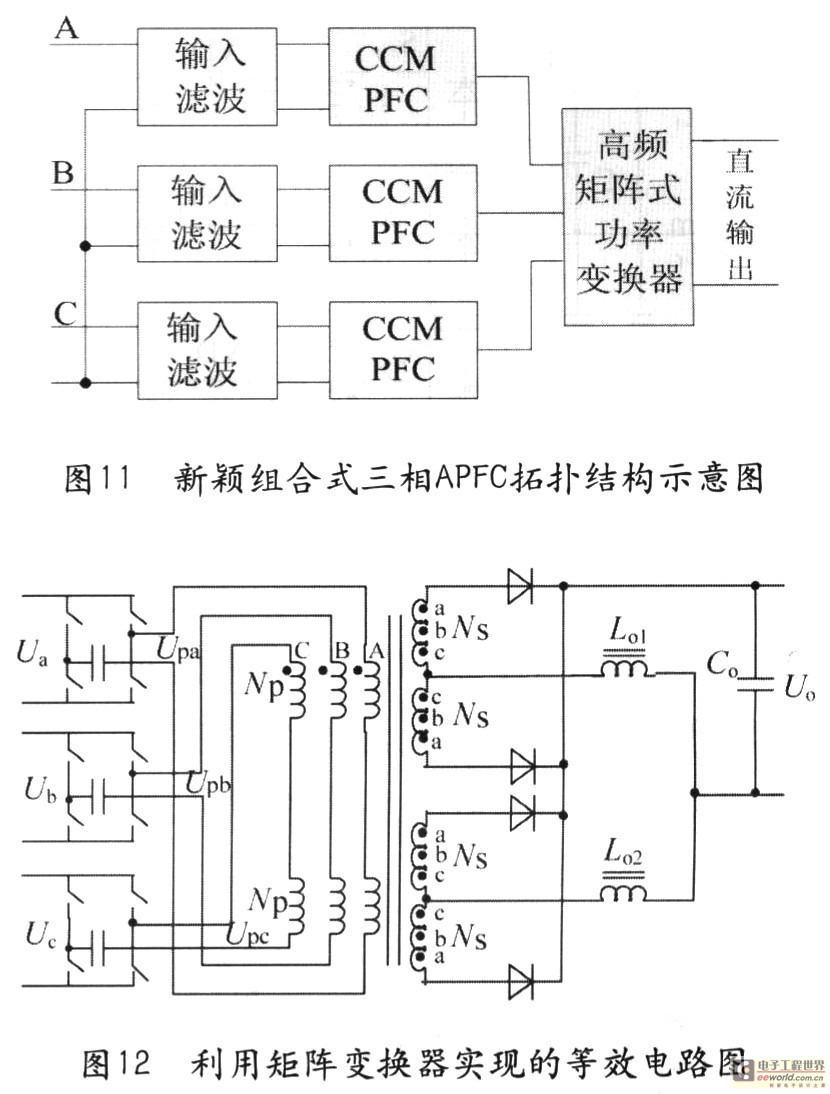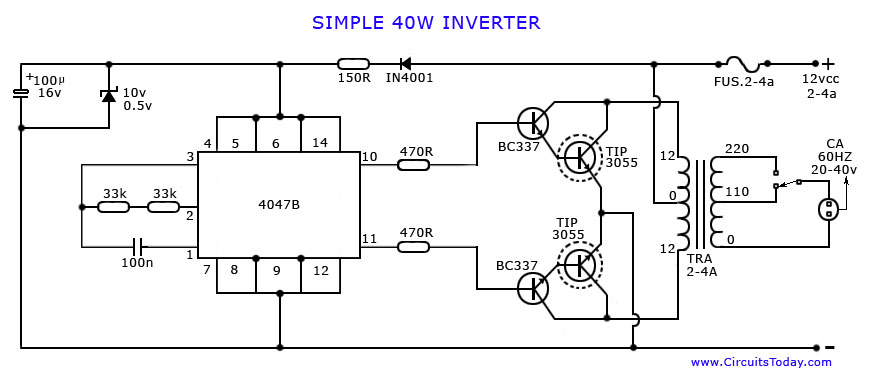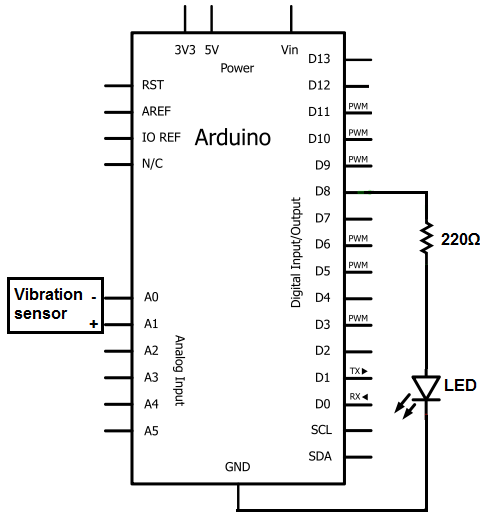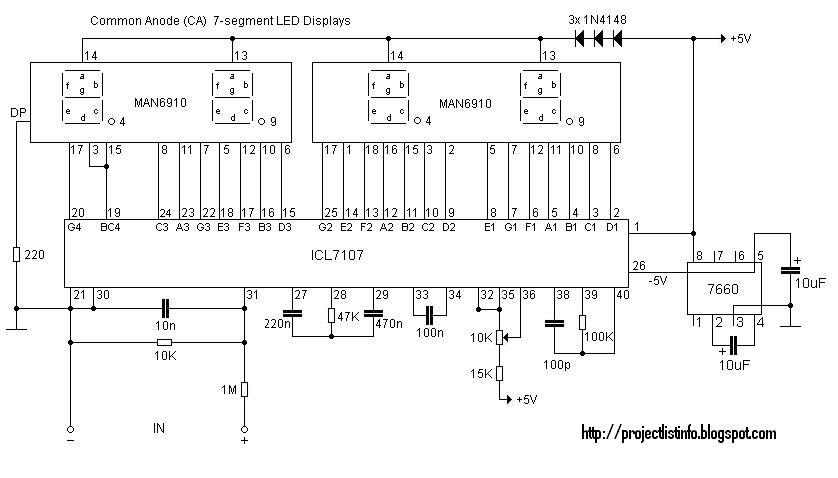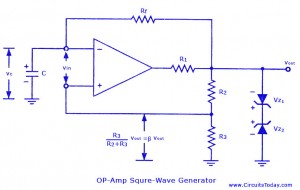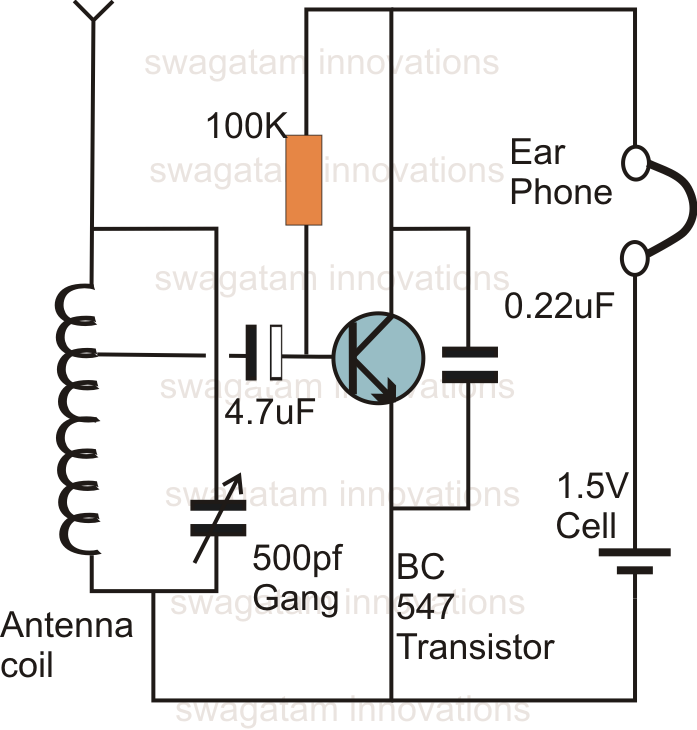
how to make vibration detectormeter
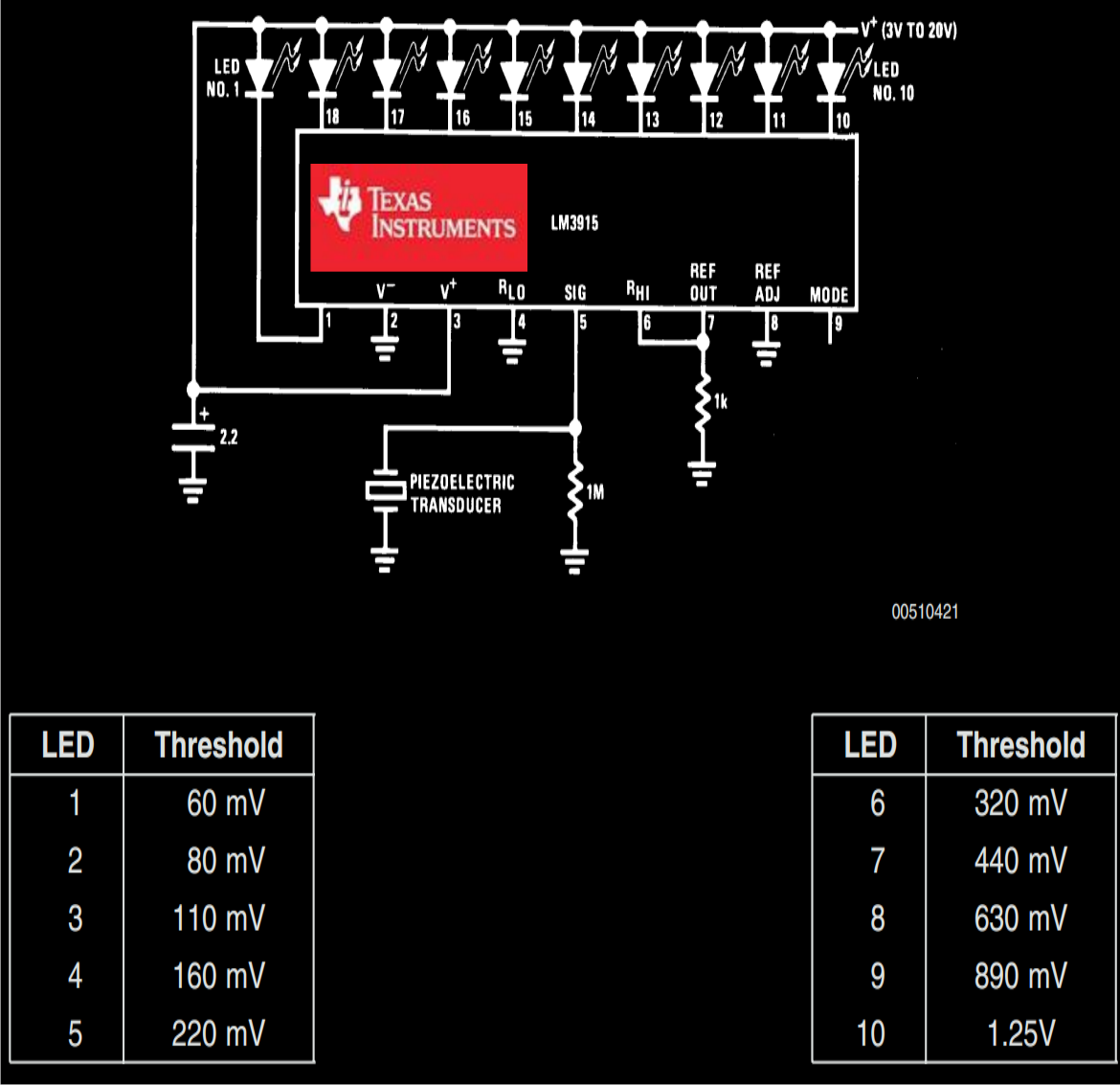
Whether it is truck throttling over the highway, an airplane soaring in the sky, a knock on the door, the purring of a cat, or simply your heartbeat, the vibration level detector circuit described here will sense them all and convert them into beautiful sequencing LED light bar graph indications. The number of LEDs lit in the bar graph at any given moment indicates the magnitude of the vibration force at that time. Vibration is the disturbance of air caused by a corresponding force generated from an external medium. For example, when speaking, vocal cords vibrate, creating patterns of disturbance in the surrounding air. When these air vibrations reach the ear, the eardrum vibrates at the same frequency, making the sound audible to our sensory organs. The pitch of a vibration is a significant factor in determining its nature and strength. Pitch and frequency are key elements that distinguish vibrating information through their technical specifications. For instance, a whistling sound may be shrill and travel longer distances, while the grumbling sound from a mixer grinder, despite being stronger, may not reach as far. Although the ear possesses impressive detection capabilities, it cannot provide the exact magnitude of a particular vibration force. The circuit diagram below illustrates a simple configuration using the versatile IC LM3915 from Texas Instruments, which performs both sensing and displaying vibration levels. Sound vibration force striking the piezoelectric transducer generates tiny electrical pulses within the transducer, converting the vibrations hitting its surface into small electrical signals that vary in amplitude according to the strength of the vibrations. These tiny electrical pulses from the transducer are amplified and processed within the IC LM3915, generating the relevant sequencing LED display across the outputs of the IC. The LEDs connected to the outputs illuminate in a running pattern from the starting point to the endpoint of the array, displaying information about the captured vibration signals. This vibration detector circuit can be further modified for more serious applications by including an alarm stage or a relay driver stage for triggering them in case a threatening level of vibration force is detected. The application may be user-specified, allowing the circuit to be configured or optimized in various ways. The IC consumes negligible current, so a 9V PP3 battery provides sufficient life to sustain the circuit for an extended period, making the unit highly portable and suitable for installation in any desired location. The above circuit was successfully built by a keen reader of this blog, who submitted a video demonstrating the practical operation of the prototype.
The vibration level detector circuit utilizes a piezoelectric transducer as the primary sensor element. When external vibrations occur, the transducer converts mechanical energy into electrical signals. These signals are proportional to the intensity of the vibrations and are processed by the LM3915 integrated circuit, which is designed for LED bar graph displays. The LM3915 can drive multiple LEDs and is configured to light up a number of LEDs corresponding to the amplitude of the input signal. This creates a visual representation of the vibration levels detected.
The circuit can be enhanced with additional features such as a threshold detection mechanism. This would allow the circuit to trigger an alarm or activate a relay if the vibration exceeds a predefined limit. Such modifications make the circuit suitable for applications in safety systems or monitoring environments where excessive vibrations may indicate potential hazards.
The power supply for this circuit is efficiently managed, with the LM3915 requiring minimal current. The use of a 9V PP3 battery not only allows for extended operation but also enhances the portability of the device, making it convenient for various applications, including field testing and monitoring in different environments.
Overall, the vibration level detector circuit represents a versatile and user-friendly solution for monitoring vibrations, with the potential for customization to meet specific user needs and applications.Whether it`s truckthrottling over the highway, or an airplane roaring about the sky, or whether it`s a knock on the door or a purring of the cat or simply your heartbeats, the vibration level detector circuit explained here will sense them all and convert into beautifulsequencingLED light bar graph indications. The number of LEDs lit in the bar graph at any particular instantindicatesthe magnitude of the vibration force at that particular instant. Vibration is nothing but the ruffling of the air due a corresponding force generated from an external medium. Forexamplewhen we speak, our vocal chords vibrate and generate the corresponding patterns of disturbance in the surrounding air.
When these air vibrations enter our ear, our eardrum also vibrate at the same frequency making it audible toour respectivesensory organs. The pitch of a vibration also becomes a major factor in determiningtheirnature and strength. Pitch and frequency are probably the two factors which make a particular vibrating information more distinct with their technical specs.
As an example, a whistling sound may be shrill and might reach longer distances, but the grumbling sound from a mixer grinder even being much stronger won`t reach across longer distances. Though our ear isequippedwith pretty impressive detecting capabilities, these organs cannot tell you the exact magnitude of a particular vibration force.
The circuit diagram below shows a rather simple configuration using the versatile IC LM3915 from TEXAS INSTRUMENTS, which aloneperformsthe function of sensing as well as displaying the vibration levels. Sound vibration force striking the piezo electric transducer generate tiny electrical pulses inside the transducer, or rather the device converts all vibrations hitting its surface into small electrical signals varying in amplitude whichcorrespondsto the strength of the strikingvibrations.
These tiny electrical pulses from the transducer is effectively amplified and processed inside the IC LM3915 and the relevant sequencing LEDdisplayisgeneratedacross the outputs of the IC. The LEDs connected at the outputs illuminate in randomly running patterns from the start point to theendpoint of thearray, displayingthe relevant information about the captured vibration signals.
This vibration detector or meter circuit can befurthermodified for more serious applications by including analarmstage or a relay driver stage for triggering them in case athreateninglevel of vibrating force isdetected. The application may be user specified and therefore the present circuit might be configured or optimized in numerous different ways.
The IC needs negligible current andthereforea 9V PP3 battery would providesufficientlife to sustain the circuit, almost forever and also this makes the unit very portable and can be installed at any desired crevice or location. The above circuit was successfully built by one of the keen readers of this blog, ADMIN. The following video was submitted by him which displays the practical working of his built prototype.
🔗 External reference
The vibration level detector circuit utilizes a piezoelectric transducer as the primary sensor element. When external vibrations occur, the transducer converts mechanical energy into electrical signals. These signals are proportional to the intensity of the vibrations and are processed by the LM3915 integrated circuit, which is designed for LED bar graph displays. The LM3915 can drive multiple LEDs and is configured to light up a number of LEDs corresponding to the amplitude of the input signal. This creates a visual representation of the vibration levels detected.
The circuit can be enhanced with additional features such as a threshold detection mechanism. This would allow the circuit to trigger an alarm or activate a relay if the vibration exceeds a predefined limit. Such modifications make the circuit suitable for applications in safety systems or monitoring environments where excessive vibrations may indicate potential hazards.
The power supply for this circuit is efficiently managed, with the LM3915 requiring minimal current. The use of a 9V PP3 battery not only allows for extended operation but also enhances the portability of the device, making it convenient for various applications, including field testing and monitoring in different environments.
Overall, the vibration level detector circuit represents a versatile and user-friendly solution for monitoring vibrations, with the potential for customization to meet specific user needs and applications.Whether it`s truckthrottling over the highway, or an airplane roaring about the sky, or whether it`s a knock on the door or a purring of the cat or simply your heartbeats, the vibration level detector circuit explained here will sense them all and convert into beautifulsequencingLED light bar graph indications. The number of LEDs lit in the bar graph at any particular instantindicatesthe magnitude of the vibration force at that particular instant. Vibration is nothing but the ruffling of the air due a corresponding force generated from an external medium. Forexamplewhen we speak, our vocal chords vibrate and generate the corresponding patterns of disturbance in the surrounding air.
When these air vibrations enter our ear, our eardrum also vibrate at the same frequency making it audible toour respectivesensory organs. The pitch of a vibration also becomes a major factor in determiningtheirnature and strength. Pitch and frequency are probably the two factors which make a particular vibrating information more distinct with their technical specs.
As an example, a whistling sound may be shrill and might reach longer distances, but the grumbling sound from a mixer grinder even being much stronger won`t reach across longer distances. Though our ear isequippedwith pretty impressive detecting capabilities, these organs cannot tell you the exact magnitude of a particular vibration force.
The circuit diagram below shows a rather simple configuration using the versatile IC LM3915 from TEXAS INSTRUMENTS, which aloneperformsthe function of sensing as well as displaying the vibration levels. Sound vibration force striking the piezo electric transducer generate tiny electrical pulses inside the transducer, or rather the device converts all vibrations hitting its surface into small electrical signals varying in amplitude whichcorrespondsto the strength of the strikingvibrations.
These tiny electrical pulses from the transducer is effectively amplified and processed inside the IC LM3915 and the relevant sequencing LEDdisplayisgeneratedacross the outputs of the IC. The LEDs connected at the outputs illuminate in randomly running patterns from the start point to theendpoint of thearray, displayingthe relevant information about the captured vibration signals.
This vibration detector or meter circuit can befurthermodified for more serious applications by including analarmstage or a relay driver stage for triggering them in case athreateninglevel of vibrating force isdetected. The application may be user specified and therefore the present circuit might be configured or optimized in numerous different ways.
The IC needs negligible current andthereforea 9V PP3 battery would providesufficientlife to sustain the circuit, almost forever and also this makes the unit very portable and can be installed at any desired crevice or location. The above circuit was successfully built by one of the keen readers of this blog, ADMIN. The following video was submitted by him which displays the practical working of his built prototype.
🔗 External reference
